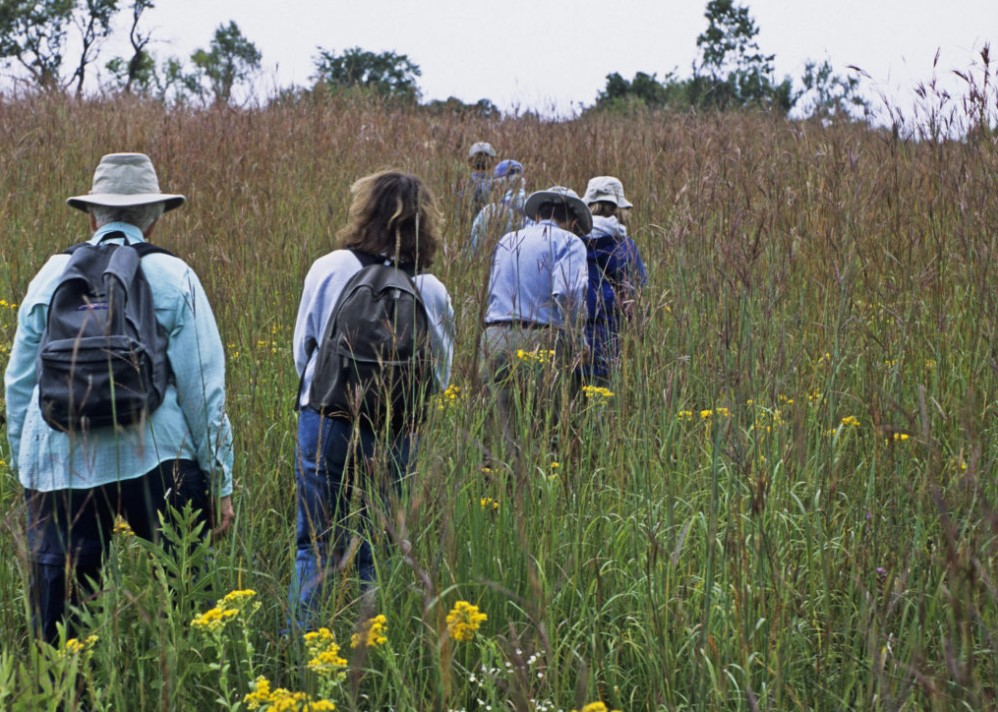The following post was written by Mike Carlson, Executive Director of Gathering Waters. Originally posted December 2017.
Does your land trust have conservation easements reaching the 30-year mark?
Conservation easements last forever — at least that’s the intent. But is your land trust aware that there may be a threat to conservation easements embedded in state law? A section of the state statute known as Wisconsin’s Marketable Title Act may make conservation easements vulnerable to attack after 30 years if certain proactive steps aren’t taken by easement holders. Fortunately, you can do something about it.
Here’s how the law works.
Wisconsin’s Marketable Title Act allows for something called a “bona fide purchaser defense.” Basically, if someone purchases a piece of property and isn’t put on notice of adverse claims, like deed restrictions, they can claim the “bona fide purchaser defense.” If the landowner prevails, they can eliminate restrictions on their land and they get their property free and clear.
So how might this impact conservation easements? There is no definitive case law in Wisconsin on this topic, but there is some concern that the statute may allow a “bona fide purchaser” to extinguish a conservation easement if they haven’t been put on notice otherwise. In Section 706.09(1)(k) of the Wisconsin Statutes, a conveyance of property can be free of adverse claims for “[a]ny interest of which no affirmative and express notice appears of record within 30 years.”
At least one Wisconsin Court of Appeals case (Turner v. Taylor from November 2003) has referenced conservation easements when interpreting this statute, but no court has ruled directly on whether this section applies to conservation easements.
Regardless of the case law, land trusts should consider erring on the side of caution by ensuring that their conservation easements are “of record” every 30 years.
Here’s what land trusts can do.
Given this potential threat, the next question you’re probably asking is: what can my land trust do to ensure that our conservation easements are “of record?” To be clear, it does not mean that the full conservation easement needs to be re-recorded every 30 years, but rather that some form of appropriate documentation referencing the easement needs to be filed with the register of deeds in order to have notice in the official record.
In Wisconsin, we are fortunate to have a number of conservation-minded lawyers who have worked with land trusts to develop templates on this very topic. One attorney in particular, Bill O’Connor—also one of the founders of Gathering Waters—developed a “Template Notice of Preservation of Claims” document for Groundswell Conservancy (formerly Natural Heritage Land Trust), and has granted us permission to share it as part of this blog post. Other organizations like The Nature Conservancy have used a similar approach.
If you have questions about the template or the appropriate documentation for filing a notice of claim, please don’t hesitate to reach out to our staff, and consider being in touch with your organization’s legal counsel to determine your appropriate next steps.
It’s worth noting that this threat to conservation easements could eventually be solved legislatively, and Gathering Waters will be looking for an appropriate opportunity to fix this issue in state law. However, in the meantime, please consider when your conservation easements will hit the 30-year mark and consider taking appropriate steps (like setting up a system for periodic reminders) to protect these vital conservation tools.



